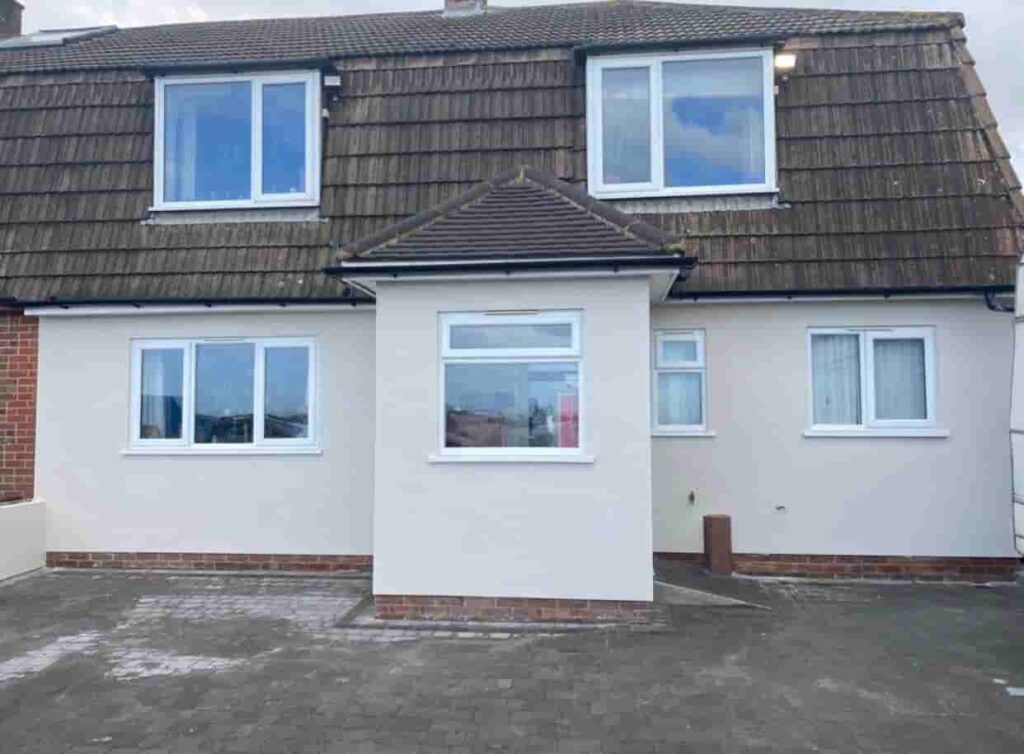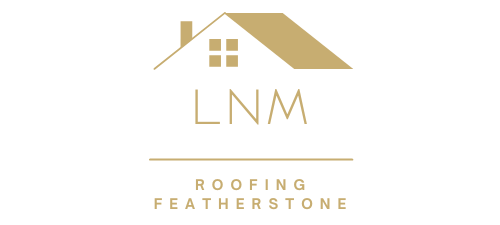Shielding Against the Elements: The Vital Role of Moisture Barriers in Commercial Roofing Systems
Introduction: Commercial roofing systems serve as the first line of defence against the elements, protecting buildings and their occupants from rain, snow, wind, and humidity. However, even the most robust roofing materials can be vulnerable to moisture infiltration, leading to costly damage, structural deterioration, and indoor air quality issues. In this guide, we’ll delve into the essential role of moisture barriers in commercial roofing systems, exploring how these protective layers safeguard buildings and ensure long-lasting performance.
Defining Moisture Barriers:
- Moisture barriers, or waterproofing membranes or vapour barriers, are integral components of commercial roofing systems designed to prevent moisture ingress into the building envelope. These specialised membranes are typically installed beneath the roofing materials, protecting against water penetration from rain, snowmelt, or condensation. Moisture barriers come in various forms, including built-up roofing (BUR) membranes, single-ply membranes, and spray-applied coatings, each offering unique advantages and performance characteristics.
Preventing Water Intrusion:
- The primary function of moisture barriers in commercial roofing systems is to prevent water intrusion and moisture-related damage to the building structure and interior spaces. By forming a watertight seal over the roof substrate, moisture barriers create a barrier against water penetration, effectively channelling rainwater away from vulnerable areas such as seams, joints, and penetrations. This proactive approach to moisture management helps maintain the roof’s structural integrity and prolong its service life, reducing the risk of leaks, rot, and mould growth.
Controlling Vapor Transmission:
- In addition to repelling external moisture, moisture barriers are crucial in controlling vapour transmission within the building envelope. In climates with high humidity levels or temperature differentials between indoor and outdoor environments, vapour barriers help regulate moisture levels by preventing water vapour from migrating through the roofing system and accumulating in insulation or interior spaces. This moisture control mechanism helps prevent condensation, mould growth, and structural damage caused by prolonged exposure to moisture-laden air.
Enhancing Energy Efficiency:
- Moisture barriers can also contribute to the energy efficiency of commercial buildings by reducing heat transfer and thermal bridging through the roof assembly. By minimising air leakage and moisture infiltration, vapour barriers help maintain a stable indoor climate, reducing the workload on HVAC systems and lowering energy consumption. Additionally, certain moisture barrier materials, such as reflective coatings or cool roof membranes, can enhance solar reflectance and thermal emissivity, improving the roof’s energy performance and reducing cooling costs.
Ensuring Long-Term Durability:
- Investing in high-quality moisture barriers is essential for ensuring commercial roofing systems’ long-term durability and performance. Proper installation, regular maintenance, and periodic inspections help identify potential issues and address them before they escalate into costly repairs or replacements. By proactively managing moisture infiltration and vapour transmission, building owners and facility managers can extend the service life of their roofing systems, minimise lifecycle costs, and preserve the integrity of their investments.
Conclusion: Moisture barriers are indispensable components of commercial roofing systems, providing essential protection against water intrusion, vapour transmission, and energy loss. By understanding the vital role of moisture barriers and investing in quality materials and installation practices, building owners and facility managers can safeguard their properties, enhance energy efficiency, and ensure the long-lasting performance of their roofing systems. With proper maintenance and proactive moisture management, commercial buildings can weather the elements confidently, standing strong and resilient for years.
Call us on: 01977 802 587
Click here to find out more about LNM Roofing Featherstone
Click here to complete our contact form and see how we can help with your roofing needs.

